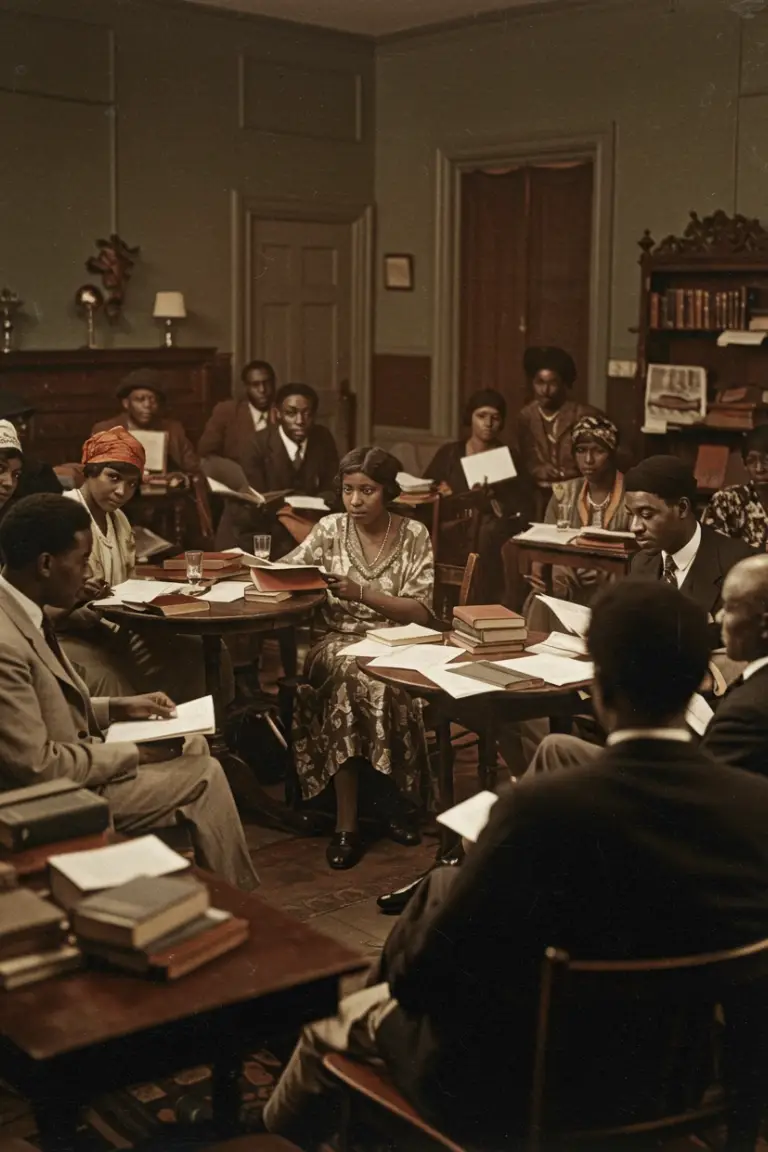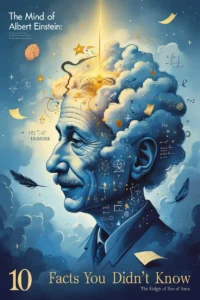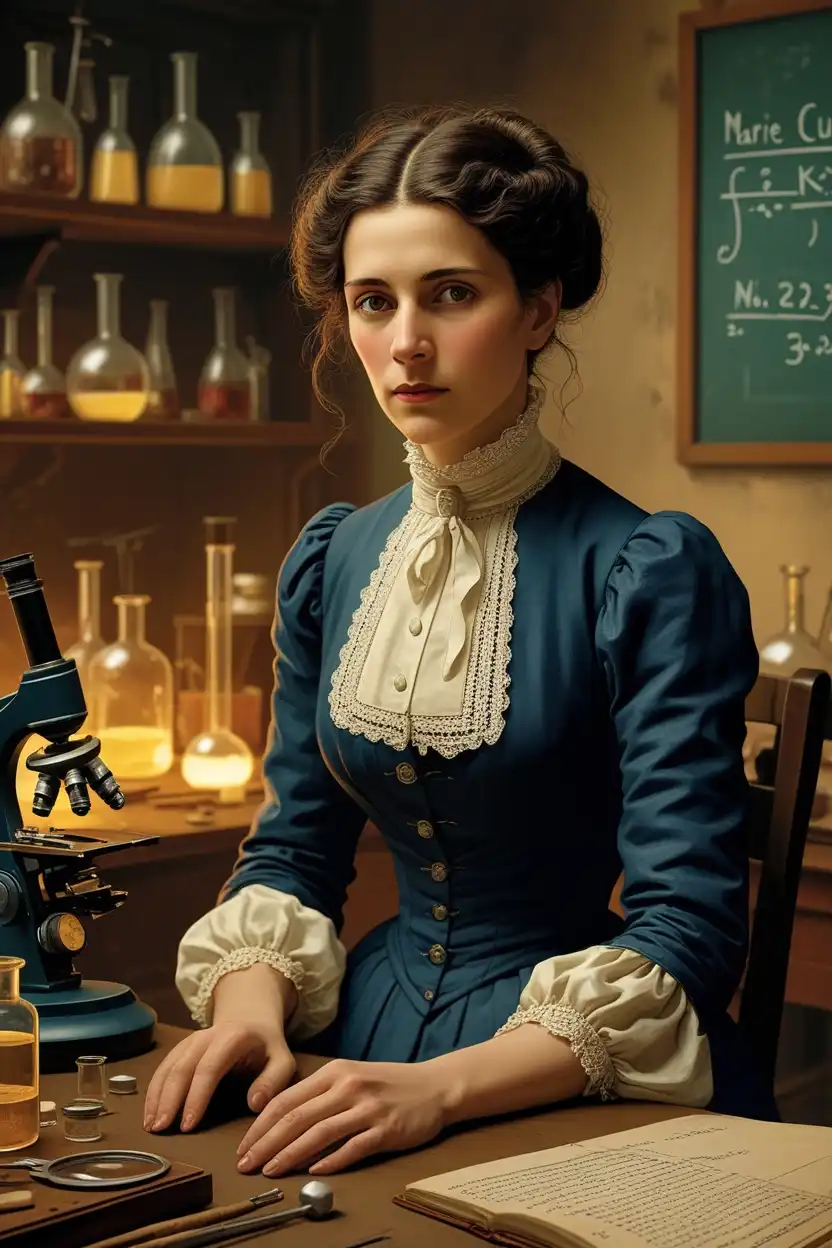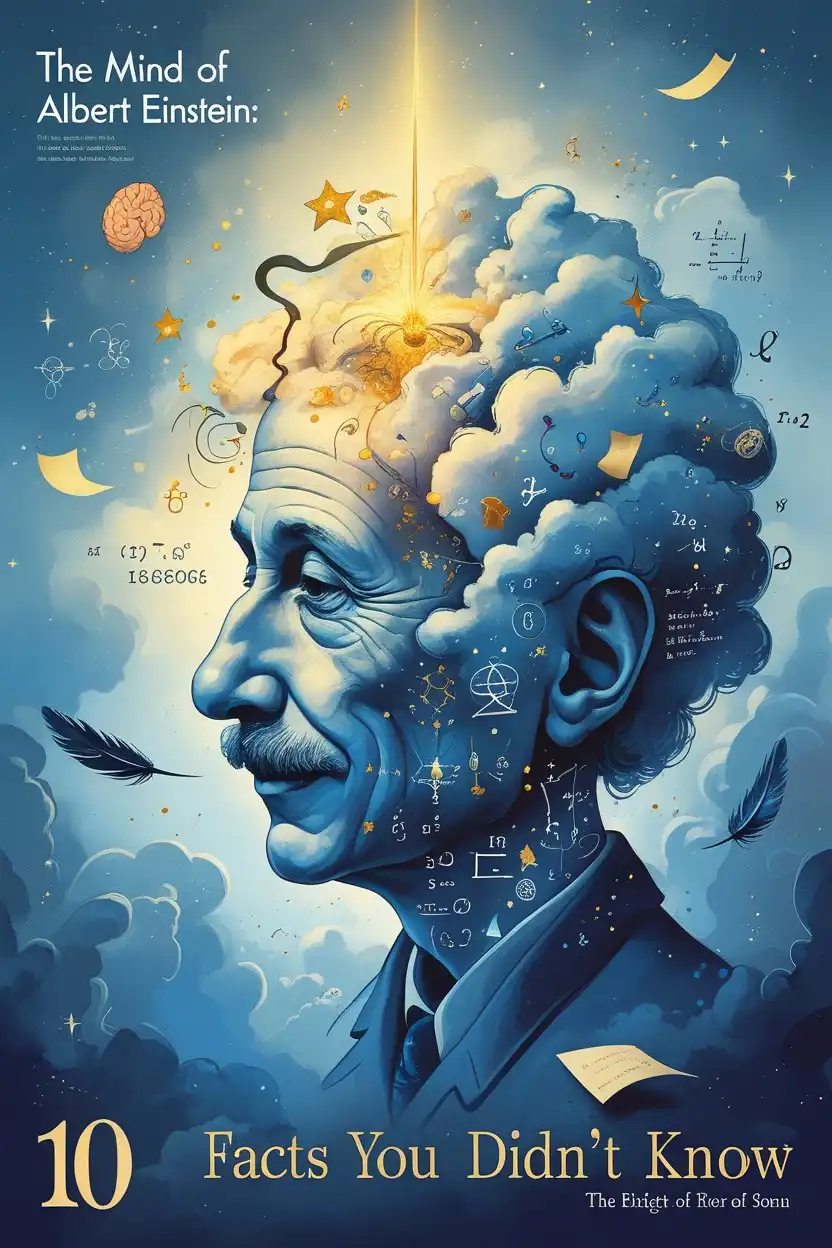The Harlem Renaissance stands as one of the most transformative periods in American history. Spanning the 1920s and 1930s, this cultural movement emerged as a powerful force for artistic, intellectual, and social change, centered in the vibrant New York neighborhood of Harlem. It was a time when African American artists, writers, musicians, and thinkers came together to celebrate their heritage, challenge racial stereotypes, and redefine the cultural fabric of the United States. The Harlem Renaissance was not just an artistic revolution—it was a profound awakening that reshaped the national identity.
The Roots of the Harlem Renaissance
The Harlem Renaissance was born out of the Great Migration, a massive movement of African Americans from the rural South to urban centers in the North during the early 20th century. Seeking better economic opportunities and an escape from the oppressive racial segregation of Jim Crow laws, many African Americans found a new home in Harlem, which quickly became a hub of Black culture and creativity.
Harlem’s unique environment fostered a sense of community and pride among its residents. It became a place where African Americans could express themselves freely and explore their cultural identity without fear of repression. This newfound freedom laid the groundwork for an explosion of artistic and intellectual activity.
Literature: Voices of a New Generation
One of the most enduring legacies of the Harlem Renaissance is its literature. Writers like Langston Hughes, Zora Neale Hurston, Claude McKay, and Jean Toomer used their work to explore themes of racial identity, social justice, and the African American experience. Langston Hughes, often referred to as the “Poet Laureate of Harlem,” captured the struggles and joys of Black life through his evocative poetry and prose. His works, such as “The Weary Blues” and “I, Too,” remain powerful testaments to the resilience and creativity of African Americans.
Zora Neale Hurston’s novel Their Eyes Were Watching God is another cornerstone of Harlem Renaissance literature. Through her vivid storytelling and exploration of gender and race, Hurston gave voice to the complexities of African American life in a way that continues to resonate with readers today.
Music: The Soundtrack of a Movement
The Harlem Renaissance also gave rise to an extraordinary musical revolution. Jazz and blues became the soundtrack of this cultural awakening, with artists like Duke Ellington, Bessie Smith, Louis Armstrong, and Billie Holiday captivating audiences with their innovative sounds. The Cotton Club and Apollo Theater became legendary venues where these musicians showcased their talent, drawing both Black and white audiences.

Jazz, in particular, became a symbol of freedom and individuality. Its improvisational nature reflected the breaking of societal norms and the embrace of creative expression. The music of the Harlem Renaissance not only entertained but also challenged racial barriers, paving the way for greater acceptance of African American culture.
Visual Arts: A Celebration of Heritage
The visual arts also flourished during the Harlem Renaissance. Artists like Aaron Douglas, Jacob Lawrence, and Augusta Savage used their work to celebrate African heritage and address social issues. Aaron Douglas, often called the “Father of Black American Art,” created iconic murals that depicted scenes from African history and mythology while highlighting contemporary struggles for equality.
Augusta Savage, a sculptor and educator, played a pivotal role in nurturing young Black artists during this time. Her work, including the famous sculpture “The Harp,” showcased the beauty and strength of African American culture.
The Legacy of the Harlem Renaissance
The Harlem Renaissance was more than just an artistic movement—it was a declaration of dignity and self-worth for African Americans. It challenged stereotypes, inspired future generations, and laid the foundation for the Civil Rights Movement. By asserting their cultural identity and demanding recognition, the artists and thinkers of this period changed the course of American history.
Though the Harlem Renaissance eventually waned in the face of economic hardships brought on by the Great Depression, its impact remains indelible. It continues to inspire contemporary artists, writers, and activists who draw upon its legacy to address ongoing struggles for racial equality and social justice.
FAQs
What was the main purpose of the Harlem Renaissance?
The main purpose of the Harlem Renaissance was to celebrate African American culture, challenge racial stereotypes, and promote social change through art, literature, music, and intellectual thought.
Who were some key figures of the Harlem Renaissance?
Key figures include Langston Hughes (poet), Zora Neale Hurston (writer), Duke Ellington (musician), Aaron Douglas (visual artist), and Augusta Savage (sculptor).
How did the Harlem Renaissance impact American society?
The Harlem Renaissance reshaped American culture by introducing African American art forms into mainstream society, challenging racial discrimination, and inspiring future movements for civil rights.
Why is Harlem significant in this movement?
Harlem became a cultural epicenter due to its large African American population during the Great Migration. It provided a supportive environment where artists and intellectuals could freely express their creativity and ideas.
What role did music play in the Harlem Renaissance?
Music, particularly jazz and blues, played a central role by serving as both entertainment and a form of social commentary. It bridged racial divides and became a symbol of freedom and innovation.
In conclusion, the Harlem Renaissance was not just a moment in history—it was a movement that forever altered America’s cultural landscape. Its legacy continues to remind us of the power of art to inspire change and bring people together.





